According to Decision No. 2345/QD-NHNN (Decision 2345), from July 1, online money transfer transactions of over VND10 million at a time or over VND20 million accumulated per day are required to authenticate biometric data. This data must match the biometric data stored in the chip of the citizen identification card (CCCD) issued by the police agency.
The difference in facial authentication under the new regulations is that the account owner must take a photo of the front and back of the CCCD with chip and read the data on the CCCD chip. The facial biometric data must match the information on the CCCD.
However, when this regulation was applied, many people who had plastic surgery expressed concern about whether the system could recognize their current face. Cosmetic surgery and minor facial modifications would make it difficult to authenticate biometrics.
In fact, many customers have had cosmetic surgery such as nose surgery, eyelid surgery, chin augmentation, etc., resulting in their faces being scanned through biometrics not matching the data stored in the police agency's data system.
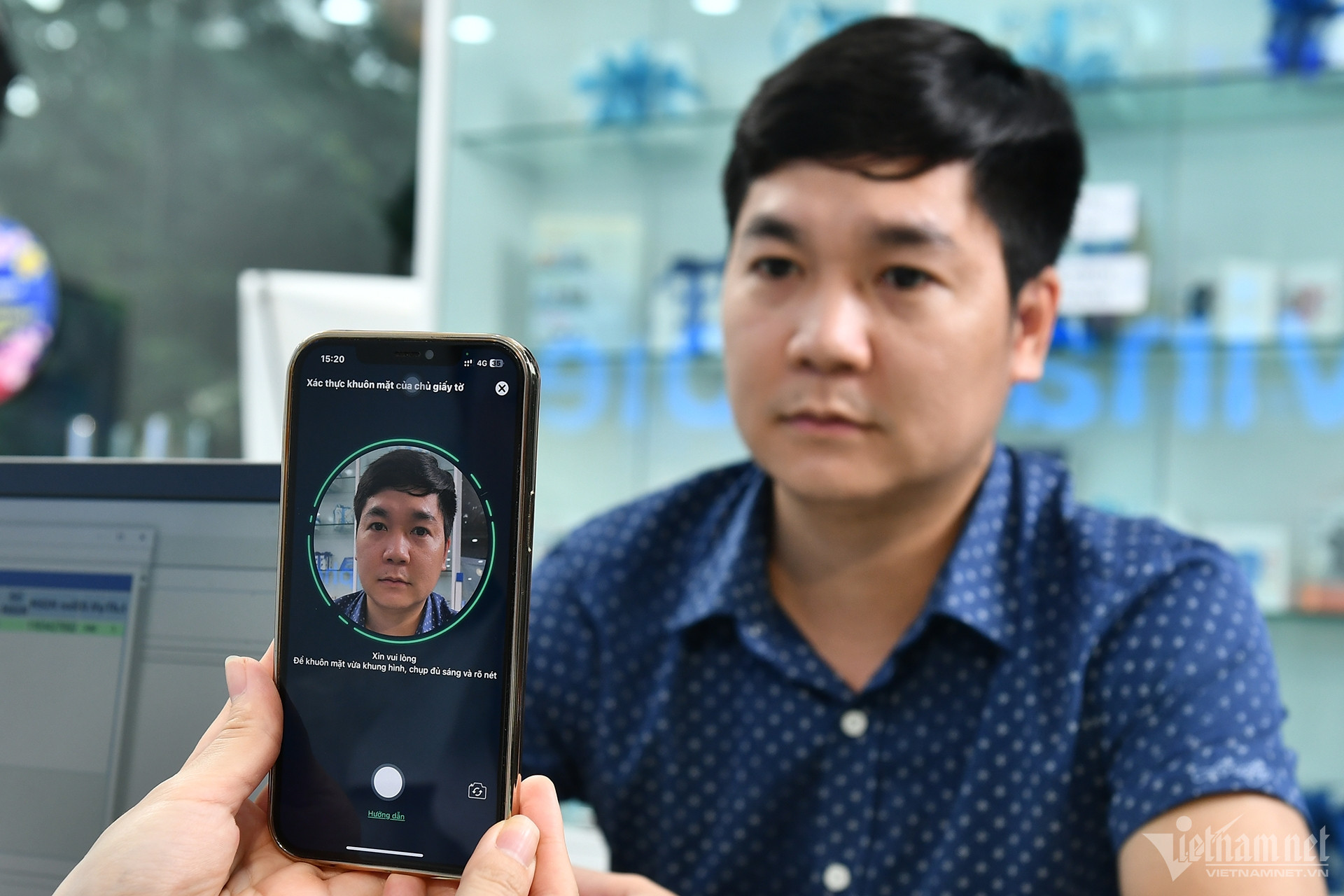
Many people who have not had plastic surgery are also worried that their current face does not match the photo on their ID card, so the phone cannot scan it. The State Bank requires facial recognition to match the ID card.
Many people ask if they have cosmetic surgery to correct some facial features, how do they authenticate biometrics and synchronize them with their ID card?
Answering the above question, in the program "Financial Flow" on June 15 of Vietnam Television (VTV), Mr. Vu Manh Hung, Director of Product Development of Digital Banking VPBank , said that this is a problem that many customers are facing.
According to Mr. Hung, the nature of Decision 2345 is not to stop customers' transactions but only to ensure that transactions become safer. Since 80-90% of customers' transactions are transactions under 10 million VND, this decision will not hinder people's daily lives.
Sometimes when we use services, the biometric collection system can completely recognize small cosmetic surgery modifications. With major surgeries or unfortunate accidents, recognition is quite difficult.
In the above case, customers can completely go to the counter for support, helping the service to continue. Except for cases where it is impossible to come or special cases, the bank will have special mechanisms. But the service is completely continued when the customer comes to the counter.
Information banks, in case customers have facial cosmetic surgery, then need to contact the police agency to change the image data on the CCCD.
Representatives of many banks admit that data collection is currently facing many difficulties, especially for older customers who are not familiar with using smartphones or customers who have not yet renewed their chip-embedded ID cards or those who have had cosmetic surgery.
Credit institutions are urgently implementing the roadmap for application, reviewing databases, and developing appropriate technological solutions.
Pham Anh Tuan, Director of the State Bank's Payment Department, informed that currently, 60 credit institutions have deployed customer authentication via chip-embedded ID cards at counters; 49 credit institutions have implemented chip-embedded ID card authentication via applications on mobile devices; 22 units have participated in deploying the Citizen Identification and Electronic Authentication (VNeID) application.
To be able to authenticate biometrics for the first time according to Decision 2345 on the banking application, people need to log in to the application, select the information update feature (the name may be different for each banking application).
Then, people take photos of the front and back of their CCCD; authenticate their face; scan information from the CCCD with the chip into the NFC reader on the phone to transmit data. Finally, confirm the information and authenticate OTP to complete the data update.
In addition to online registration, bank account holders can also bring their CCCD directly to a bank branch to receive support for initial authentication.
For foreign customers residing in Vietnam who are not issued a chip-embedded ID card, customers can use their passport and go directly to a bank branch to receive support from staff.
Banks recommend that, to avoid the risk of fraud and fraud, customers do not update biometric data via any other website or application. Banks do not ask customers to provide OTP, password, card number, security code or any personal information over the phone or via a link.
(Synthesized from ANTT, VNF)
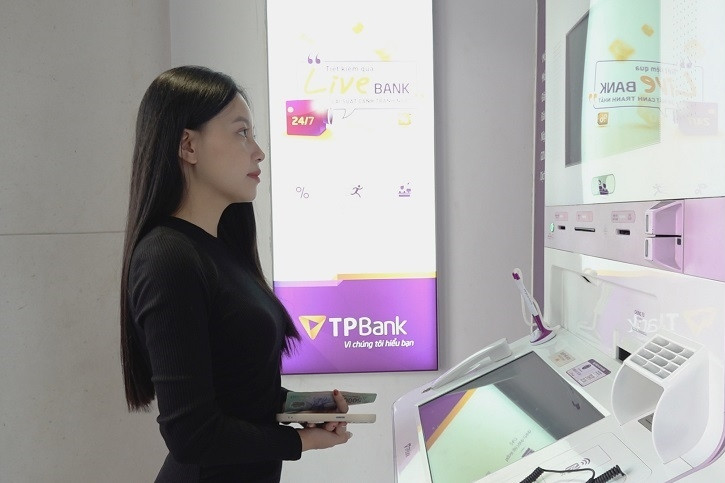
Source: https://vietnamnet.vn/xac-thuc-khuon-mat-nguoi-phau-thuat-tham-my-co-gap-kho-khi-chuyen-tien-2295329.html




![[Photo] Ready for the top competitions of Vietnamese table tennis](https://vphoto.vietnam.vn/thumb/1200x675/vietnam/resource/IMAGE/2025/5/18/9c547c497c5a4ade8f98c8e7d44f5a41)

![[Photo] Many young people patiently lined up under the hot sun to receive a special supplement from Nhan Dan Newspaper.](https://vphoto.vietnam.vn/thumb/1200x675/vietnam/resource/IMAGE/2025/5/18/6f19d322f9364f0ebb6fbfe9377842d3)





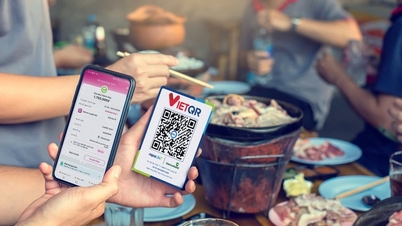



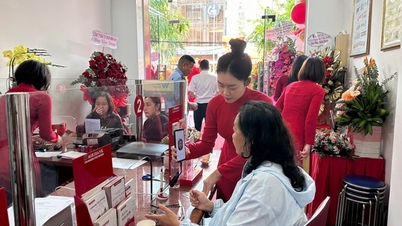


















![[Photo] General Secretary To Lam visits exhibition of achievements in private economic development](https://vphoto.vietnam.vn/thumb/1200x675/vietnam/resource/IMAGE/2025/5/18/1809dc545f214a86911fe2d2d0fde2e8)
















































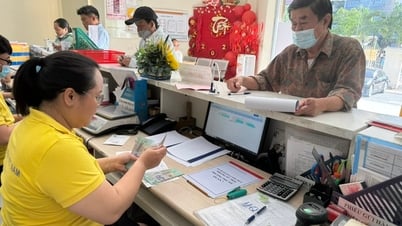















Comment (0)